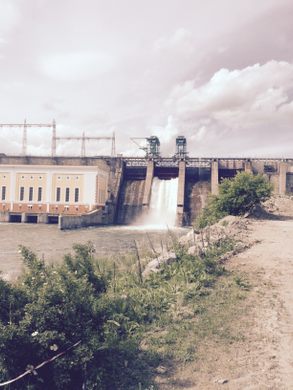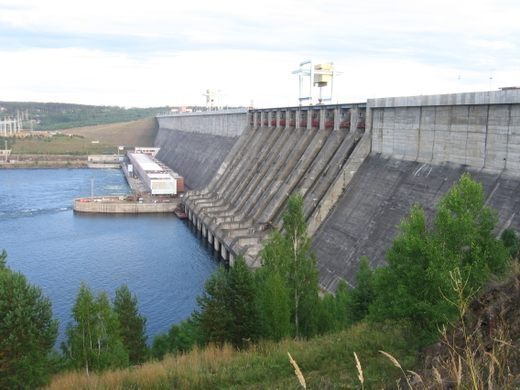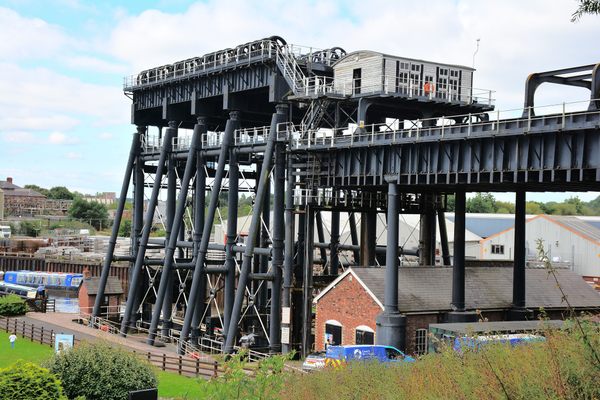Ust-Kamenogorsk Lock
Tucked away along a riverbend in an area known for its uranium mines is one of the world's tallest locks.
An enormous dam may disrupt the river, but it doesn’t stop boats from sticking to their course. The world’s tallest regularly working lock sends vessels plunging 131 feet downward, letting them complete their journeys.
Ust-Kamenogorsk (Oskemen in Kazakh), capital city of East Kazakhstan, lies at the confluence of the Irtysh and Ulba rivers in a region that borders Russia, Mongolia, and China. An industrious mining city, it’s known for being the Soviet Union’s primary ammunition production site and for its significant uranium output.
The more than 300,000 people who live in the area, along with massive industrial enterprises, rely on power generated from a hydroelectric station on the Irtysh that’s home to the world’s tallest regularly used lock. Carrying voyagers around the power plant, the lock drops an impressive 131 feet. Keen observers will note the Three Gorges Dam in China has a lock with the same height; however, whereas Ust-Kamenogorsk regularly uses its lock, the Three Gorges only employs its lock in extreme circumstances, giving Ust-Kamenogorsk preeminence in the record books.
The facility gained worldwide notoriety when Georgy Malenkov, temporary successor to Joseph Stalin as head of the Soviet Union’s Communist Party, arrived to take over management of the dam. This followed his exile to Kazakhstan by Nikita Khrushchev, who was irked by Malenkov’s attempted coup in 1957.
In 1994, following Kazakhstan’s independence in 1991, the United States military conducted Project Sapphire here to liberate more than 1,300 pounds of enriched uranium after Kazakhstan volunteered to give up its nuclear stockpile. Tourists looking for souvenirs may prefer to seek out samples of the local honey, the famous regional delicacy, which does not require a military convoy to take home.
Know Before You Go
The lock and hydroelectric dam are not equipped for visitors, and although it can be easily reached along the Ostrovskogo Road, there are no facilities for parking or other conveniences. Locals can be seen crossing the property over concrete barriers and through holes in fences to gain access to dachas on the opposite side, and no one seems bothered by the occasional curious sightseer wandering about.

















Follow us on Twitter to get the latest on the world's hidden wonders.
Like us on Facebook to get the latest on the world's hidden wonders.
Follow us on Twitter Like us on Facebook